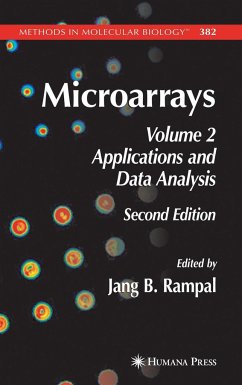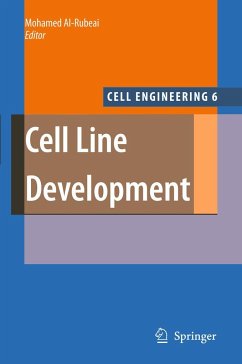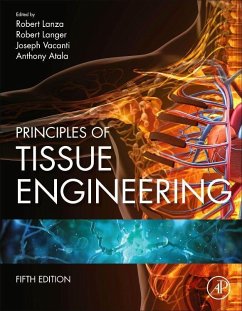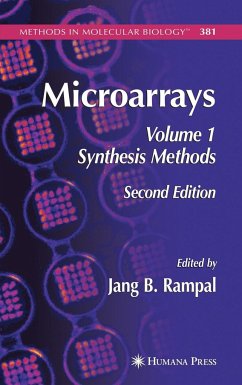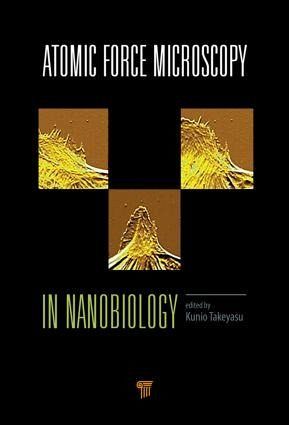
Atomic Force Microscopy in Nanobiology

PAYBACK Punkte
79 °P sammeln!
Edited by Dr. Takeyasu, with contributions from leading scientists in the field of nanobiology, this book provides an overview of modern atomic force microscopy (AFM) technologies. It covers basic AFM protocols, newly developed technologies, and recent applications of AFM technologies in biological sciences. There are many nanotechnology books that focus on materials, instruments, and applications in engineering and medicine, but only few of them are directed toward basic biological sciences. This book bridges that gap.









